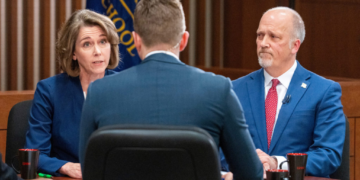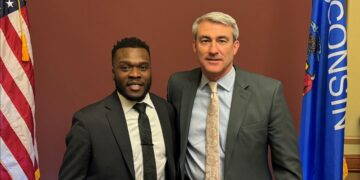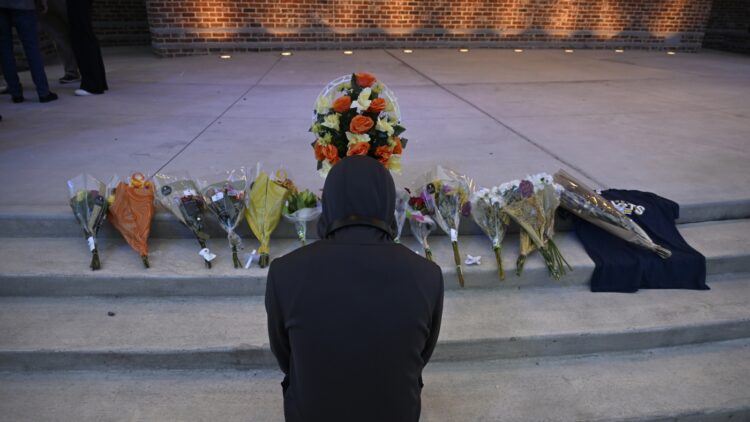Albany State University’s (ASU) homecoming celebration turned tragic recently when a shooting injured multiple students and left the community in shock.
Interim President Dr. Lawrence Drake II quickly addressed students, assuring them that no active threat remained on campus. However, his statement left ASU students with questions about their security and the suspects involved. This incident has highlighted broader questions about the nature and perception of public safety in the U.S., particularly concerning mass shootings on campuses and in gun-free zones.
ASU’s shooting comes amid broader debates over mass public shootings in the U.S. According to data from The Heritage Foundation, mass killings remain statistically rare, representing only 0.2% of homicides annually. Heritage data indicates that the perception of frequent mass shootings does not align with the numbers. Mass public shootings are even less common, constituting about 12% of all mass killings, with many of these incidents involving domestic or criminal motives rather than random public violence.
Many students and citizens believe stricter gun control measures could help, yet the data reveals a complex picture. Over 90% of public mass shootings happen in “gun-free zones”. Moreover, attempts to regulate “assault weapons” may have limited impact, as most mass shooters use handguns rather than rifles. Further, shooters typically have histories of untreated mental health issues; research indicates that around 60% of public mass shooters exhibit signs of severe mental illness, most commonly paranoid schizophrenia or depression.
Comparatively, the U.S. faces fewer per capita casualties from mass shootings than some other developed countries. While gun violence in the U.S. is a major concern, countries in the European Union, for example, experience 27% higher casualties per capita in mass shootings. Other nations often see mass casualty events involving bombings, stabbings, and vehicle attacks that result in fatalities comparable to those seen in high-profile shootings in the U.S. Incidents like the Madrid bombing in 2004 (192 deaths), the 2016 Nice truck attack (86 deaths), and the 2017 Manchester bombing (22 deaths) reveal that violent attacks can take many forms.
The ASU community, like many others, now faces tough conversations about safety and prevention. Student-athletes like Jazmine Walker, who are deeply affected, express to WALB a mix of grief and resignation. Others, like Isaiah Jones, call for heightened security, especially since ASU is an open campus that draws outside visitors. This incident, like many others, points to the importance of vigilance and robust security measures on campuses, where students have a reasonable expectation of safety. However, this tragic event also reminds us that the roots of such violence are complex, tied to mental health and societal issues that defy simple solutions.
As ASU and its surrounding community mourn and seek answers, the broader debate over how to protect public spaces continues, with a call to balance meaningful security improvements and nuanced understanding of the data.



























